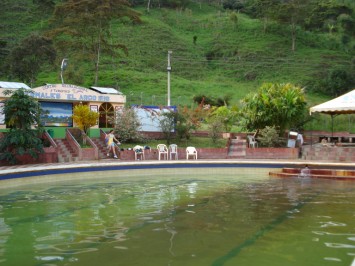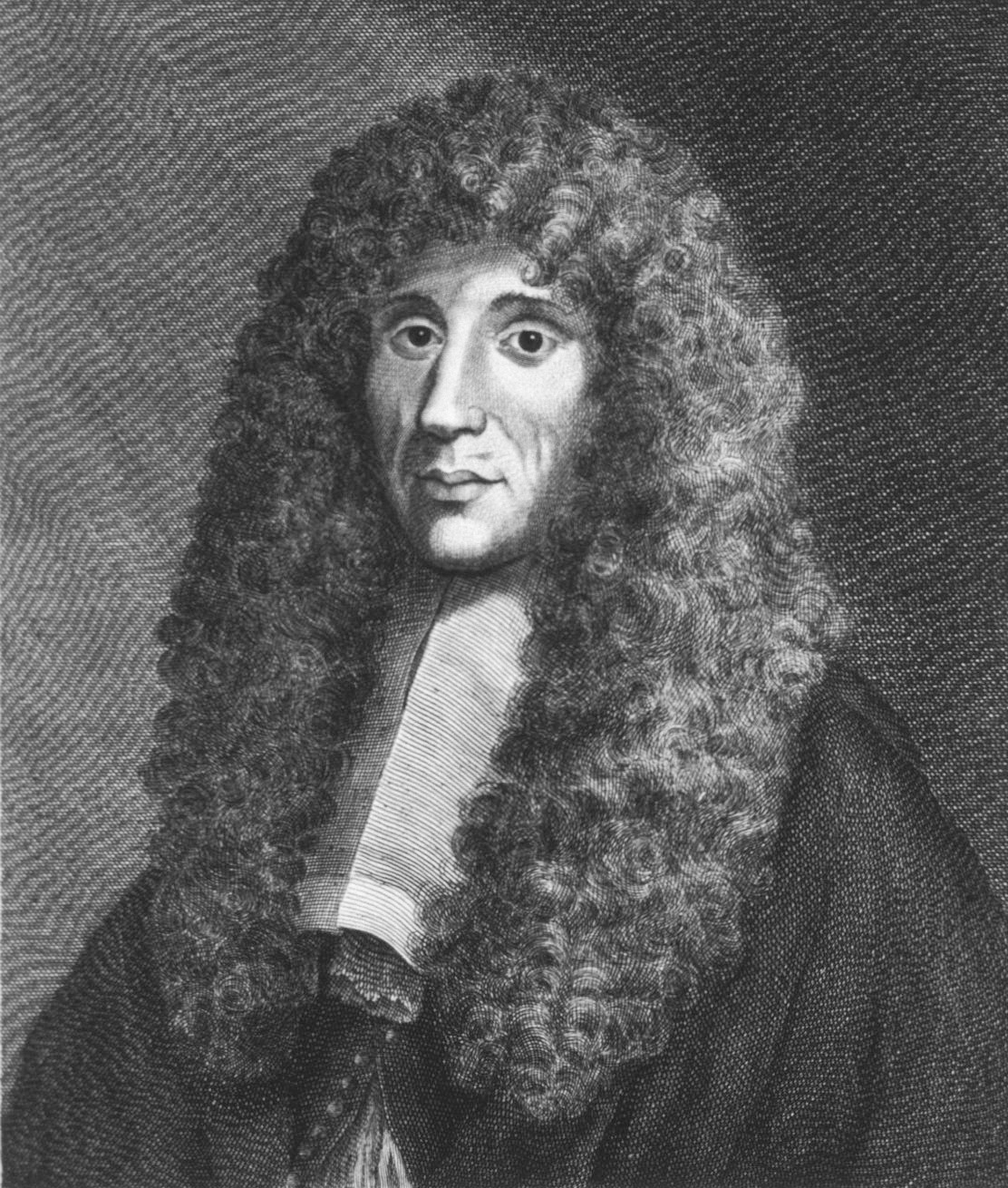|
Balneotherapy
Balneotherapy ( "bath") is a method of treating diseases by bathing, a traditional medicine technique usually practiced at spas. Since ancient times, humans have used hot springs, public baths and thermal medicine for therapeutic effects. While it is considered distinct from hydrotherapy, there are some overlaps in practice and in underlying principles. Balneotherapy may involve hot or cold water, massage through moving water, Relaxation technique, relaxation, or stimulation. Many mineral waters at spas are rich in particular minerals such as silica, sulfur, selenium, and radium. Medicinal clays are also widely used, a practice known as 'fangotherapy'. Definition and characteristics "Balneotherapy" is the practice of immersing a subject in mineral water or mineral-laden mud; it is part of the traditional medicine of many cultures and originated in hot springs, cold water springs, or other sources of such water, like the Dead Sea. Presumed effect on diseases Balneotherapy may ... [...More Info...] [...Related Items...] OR: [Wikipedia] [Google] [Baidu] |
Hydrotherapy
Hydrotherapy, formerly called hydropathy and also called water cure, is a branch of alternative medicine (particularly naturopathy), occupational therapy, and Physical therapy, physiotherapy, that involves the use of water for pain relief and treatment. The term encompasses a broad range of approaches and therapeutic methods that take advantage of the physical properties of water, such as temperature and pressure, to stimulate blood circulation and treat the symptoms of certain diseases. Various therapies used in the present-day hydrotherapy employ water jets, underwater massage and Mineral spa, mineral baths (e.g. balneotherapy, Iodine-Grine therapy, Sebastian Kneipp, Kneipp treatments, Scotch hose, Swiss shower, thalassotherapy) or Bathtub#Whirlpool tubs, whirlpool bath, Thermae, hot Roman bath, hot tub, Jacuzzi, and cold plunge. Hydrotherapy lacks robust evidence supporting its efficacy beyond placebo effects. Systematic reviews of randomized controlled trials have constite ... [...More Info...] [...Related Items...] OR: [Wikipedia] [Google] [Baidu] |
Bathing
Bathing is the immersion of the body, wholly or partially, usually in water, but often in another medium such as hot air. It is most commonly practised as part of personal cleansing, and less frequently for relaxation or as a leisure activity. Cleansing the body may be solely a component of personal hygiene, but is also a spiritual part of some religious rituals. Bathing is also sometimes used medically or therapeutically, as in hydrotherapy, ice baths, or the mud bath. People bathe in water at temperatures ranging from very cold to very hot, or in appropriately heated air, according to custom or purpose. Where indoor heated water is available, people bathe more or less daily, at comfortable temperatures, in a private bathtub or shower. Public bathing, Communal bathing, such as that in hammams, sauna, banya, Victorian Turkish baths, and sentō, fulfils the same purpose, in addition to its often having a social function. Ritual religious bathing is sometimes referred to as Imm ... [...More Info...] [...Related Items...] OR: [Wikipedia] [Google] [Baidu] |
Medicinal Clay
The use of medicinal clay in folk medicine goes back to prehistoric times. Indigenous peoples around the world still use clay widely. Such uses include external application to the skin and geophagy. The first recorded use of medicinal clay goes back to ancient Mesopotamia. A wide variety of clays are used for medicinal purposes—primarily for external applications, such as the clay baths in health spas ( mud therapy). Among the clays most commonly used are kaolin and the smectite clays such as bentonite, montmorillonite, and Fuller's earth. However, their use is declining, and modern evidence-based medicine has ended the use of many types. History Ancient Egypt and Mesopotamia The first recorded use of medicinal clay is on Mesopotamian clay tablets around 2500 BC. Also, ancient Egyptians used clay. The Pharaohs’ physicians used the material as anti-inflammatory agents and antiseptics. It was used as a preservative for making mummies and is also reported that Cleopatra us ... [...More Info...] [...Related Items...] OR: [Wikipedia] [Google] [Baidu] |
Ultraviolet Light Therapy
Ultraviolet light therapy or ultraviolet phototherapy is a treatment for psoriasis, atopic skin disorder, vitiligo and other skin diseases. Mechanism of action Ultraviolet light exerts its therapeutic effects largely by modulating cutaneous immune responses and inducing apoptosis of pathogenic cells, thereby reducing inflammation in a variety of photoresponsive skin disorders. Treatment modalities There are two main treatments: UVB that is the most common, and PUVA. Despite the advent of biologic drugs, narrow-band UVB remains an important option for moderate-to-severe inflammatory dermatoses and was the most cost-effective therapy for psoriasis in a 2023 analysis. UVB phototherapy There are four UVB types of lamps: Fluorescent Broad-Band UVB that emit 280–330 nanometres, Fluorescent Narrow-Band that emit 312 nanometres, Excimer that emit 308 nanometres and LED that emit 290–300 nanometres. PUVA phototherapy PUVA means UVA + psoralen. It consists ... [...More Info...] [...Related Items...] OR: [Wikipedia] [Google] [Baidu] |
Rheumatoid Arthritis
Rheumatoid arthritis (RA) is a long-term autoimmune disorder that primarily affects synovial joint, joints. It typically results in warm, swollen, and painful joints. Pain and stiffness often worsen following rest. Most commonly, the wrist and hands are involved, with the same joints typically involved on both sides of the body. The disease may also affect other parts of the body, including skin, eyes, lungs, heart, nerves, and blood. This may result in a anemia, low red blood cell count, pleurisy, inflammation around the lungs, and pericarditis, inflammation around the heart. Fever and low energy may also be present. Often, symptoms come on gradually over weeks to months. While the cause of rheumatoid arthritis is not clear, it is believed to involve a combination of genetic and environmental factors. The underlying mechanism involves the body's immune system attacking the joints. This results in inflammation and thickening of the synovium, joint capsule. It also affects the und ... [...More Info...] [...Related Items...] OR: [Wikipedia] [Google] [Baidu] |
Adverse Effect
An adverse effect is an undesired harmful effect resulting from a medication or other intervention, such as surgery. An adverse effect may be termed a "side effect", when judged to be secondary to a main or therapeutic effect. The term complication is similar to adverse effect, but the latter is typically used in pharmacological contexts, or when the negative effect is expected or common. If the negative effect results from an unsuitable or incorrect dosage or procedure, this is called a medical error and not an adverse effect. Adverse effects are sometimes referred to as " iatrogenic" because they are generated by a physician/treatment. Some adverse effects occur only when starting, increasing or discontinuing a treatment. Using a drug or other medical intervention which is contraindicated may increase the risk of adverse effects. Adverse effects may cause complications of a disease or procedure and negatively affect its prognosis. They may also lead to non-compliance wi ... [...More Info...] [...Related Items...] OR: [Wikipedia] [Google] [Baidu] |
Heart Disease
Cardiovascular disease (CVD) is any disease involving the heart or blood vessels. CVDs constitute a class of diseases that includes: coronary artery diseases (e.g. angina pectoris, angina, myocardial infarction, heart attack), heart failure, hypertensive heart disease, rheumatic heart disease, cardiomyopathy, arrhythmia, congenital heart disease, valvular heart disease, carditis, aortic aneurysms, peripheral artery disease, Thrombosis, thromboembolic disease, and venous thrombosis. The underlying mechanisms vary depending on the disease. It is estimated that dietary risk factors are associated with 53% of CVD deaths. Coronary artery disease, stroke, and peripheral artery disease involve atherosclerosis. This may be caused by hypertension, high blood pressure, tobacco smoking, smoking, diabetes mellitus, lack of physical exercise, exercise, obesity, hypercholesterolaemia, high blood cholesterol, poor diet, excessive alcoholic beverage, alcohol consumption, and poor sleep, amo ... [...More Info...] [...Related Items...] OR: [Wikipedia] [Google] [Baidu] |
Physician
A physician, medical practitioner (British English), medical doctor, or simply doctor is a health professional who practices medicine, which is concerned with promoting, maintaining or restoring health through the Medical education, study, Medical diagnosis, diagnosis, prognosis and therapy, treatment of disease, injury, and other physical and mental impairments. Physicians may focus their practice on certain disease categories, types of patients, and methods of treatment—known as Specialty (medicine), specialities—or they may assume responsibility for the provision of continuing and comprehensive medical care to individuals, families, and communities—known as general practitioner, general practice. Medical practice properly requires both a detailed knowledge of the Discipline (academia), academic disciplines, such as anatomy and physiology, pathophysiology, underlying diseases, and their treatment, which is the science of medicine, and a decent Competence (human resources ... [...More Info...] [...Related Items...] OR: [Wikipedia] [Google] [Baidu] |
Fibromyalgia
Fibromyalgia (FM) is a functional somatic syndrome with symptoms of widespread chronic pain, accompanied by fatigue, sleep disturbance including awakening unrefreshed, and Cognitive deficit, cognitive symptoms. Other symptoms can include headaches, Abdominal pain, lower abdominal pain or cramps, and Depression (mood), depression. People with fibromyalgia can also experience insomnia and extreme sensitivity. The causes of fibromyalgia are unknown, with several pathophysiologies proposed. People with fibromyalgia are sometimes accused of imagining their symptoms. Fibromyalgia was first recognised in the 1950s, and defined in 1990, with updated criteria in 2011, 2016, and 2019. Fibromyalgia is estimated to affect 2 to 4% of the population. Women are affected more than men. Rates appear similar across areas of the world and among varied cultures. Symptoms of fibromyalgia are persistent in most patients. The treatment of fibromyalgia is Symptomatic treatment, symptomatic an ... [...More Info...] [...Related Items...] OR: [Wikipedia] [Google] [Baidu] |
Arthritis
Arthritis is a general medical term used to describe a disorder that affects joints. Symptoms generally include joint pain and stiffness. Other symptoms may include redness, warmth, Joint effusion, swelling, and decreased range of motion of the affected joints. In certain types of arthritis, other organs such as the skin are also affected. Onset can be gradual or sudden. There are several types of arthritis. The most common forms are osteoarthritis (most commonly seen in weightbearing joints) and rheumatoid arthritis. Osteoarthritis usually occurs as an individual ages and often affects the hips, knees, shoulders, and fingers. Rheumatoid arthritis is an autoimmune disorder that often affects the hands and feet. Other types of arthritis include gout, lupus, and septic arthritis. These are inflammatory based types of rheumatic disease. Early treatment for arthritis commonly includes resting the affected joint and conservative measures such as heating or icing. Weight Weight ... [...More Info...] [...Related Items...] OR: [Wikipedia] [Google] [Baidu] |






